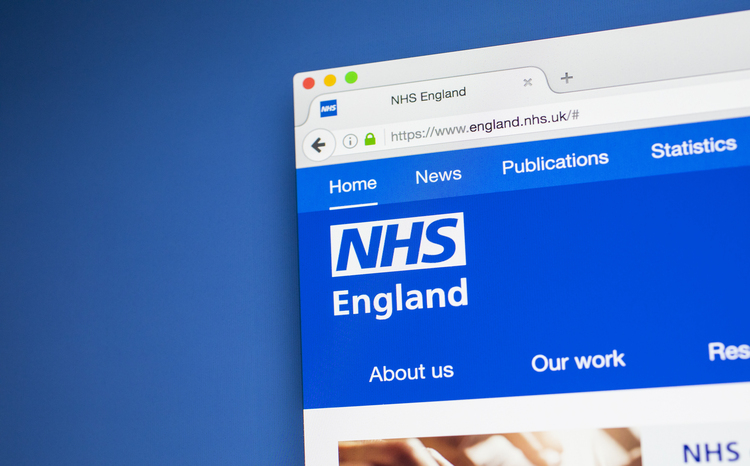Tech fund to ‘catalyse’ NHS IT – Bryant
- 19 June 2013

The £260m fund announced by the Department of Health as a boost for e-prescribing will be linked to NHS England’s guidance on electronic patient records to “catalyse” the adoption of IT in the NHS.
Beverley Bryant, the director of strategic systems and technology at NHS England, told EHI’s The Big EPR Debate round table that linking the two would give the guidance traction.
“Call me an old cynic, but I think there is more chance of people reading it [the guidance] if there is an application form at the back to get hold of the money,” she told the event in central London yesterday.
The DH announced in May that a ‘Digital Challenge’ fund would be available to hospitals that wanted to introduce e-prescribing, with health secretary Jeremy Hunt promoting this as a patient safety initiative.
It subsequently emerged that NHS England’s strategic systems and technology directorate will be responsible for the fund, now called the ‘Safer Hospitals, Safer Wards Technology Fund’.
NHS England’s website says this will be used to support a wider shift away from “outdated paper-based record keeping” to paper-lite and paperless working.
But Bryant told the round table that she wanted it to kick-start the deployment of technology that would “tell the whole story” of a patient’s care to clinicians, and transform NHS working practices.
“In ten years, I hope the NHS will look back and say: ‘How did we manage without this?’” she said.
Bryant stressed that she expected more good projects to come forward for funding than the Technology Fund could support “so there will be an element of competition.”
However, she said she would “be fighting with the Treasury” for additional funds; and that she was confident of winning the fight if trusts can show the money is being well spent and delivering benefits.
She indicated that NHS England will conduct “due diligence” on trust plans, but said that in the longer term it will be looking to form a partnership with them.
She also indicated that NHS England is looking for other levers to get trusts to adopt IT, such as working through the new clinical commissioning system, and looking at whether IT can be built into changes to the Payment by Results system.
Hunt told the Policy Exchange think-tank in January that he wanted to see a “paperless” NHS by 2018. NHS England was tasked with producing guidance on the first step, getting electronic records into trusts, which must have plans in place by next April.
Bryant told the round table that her team was within days of submitting the guidance to the NHS Comms gateway process. It is expecting to issue the guidance in the first week of July.
She indicated that the guidance is likely to require trusts and suppliers to adopt the NHS Number and other standards when implementing new projects.
In response to calls from round table member Ewan Davis of Woodcote Consulting, she also indicated that the guidance would require technology suppliers to open up their application programme interfaces, so more companies and trust innovators can work with them.
Further moves in this direction will be set out in December’s technology strategy for the NHS, ‘Unleashing the Power of People’, but Bryant said she did not want trusts to set off in the wrong direction in initial applications to the fund.
A live blog of the whole of yesterday’s round table is still available on the EHI home page.
EHI is running The Big EPR Debate to give readers a chance to shape the future of electronic records and a paperless NHS. What should NHS England’s guidance cover? What is an EPR? What is essential and what can be left for later? What should the next steps be. Join the debate.




